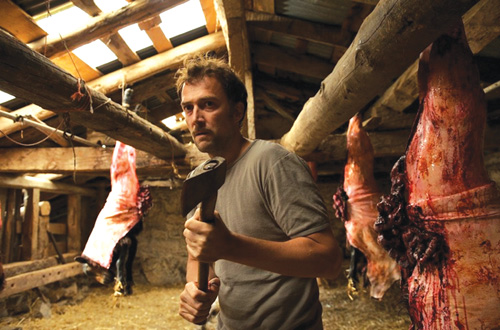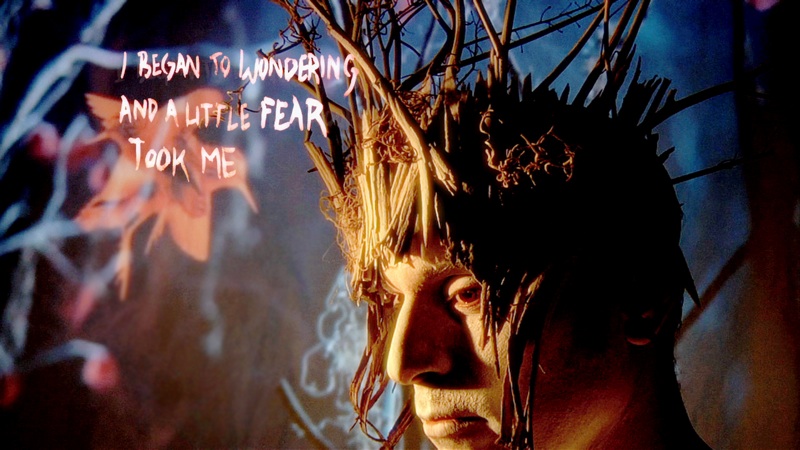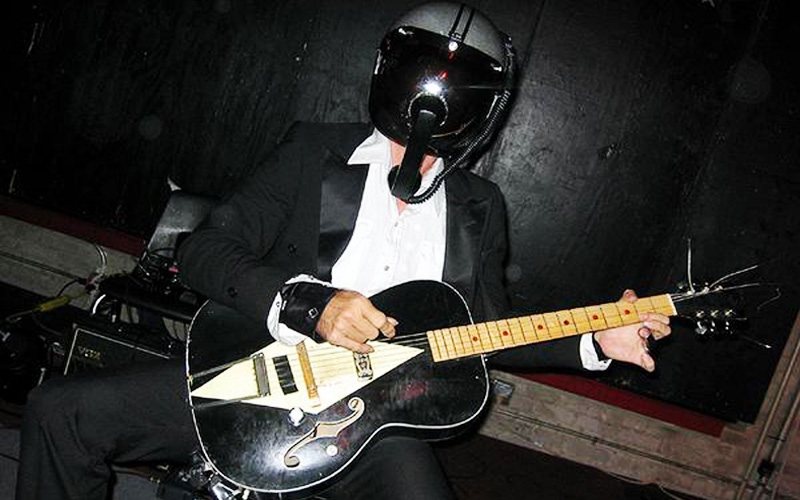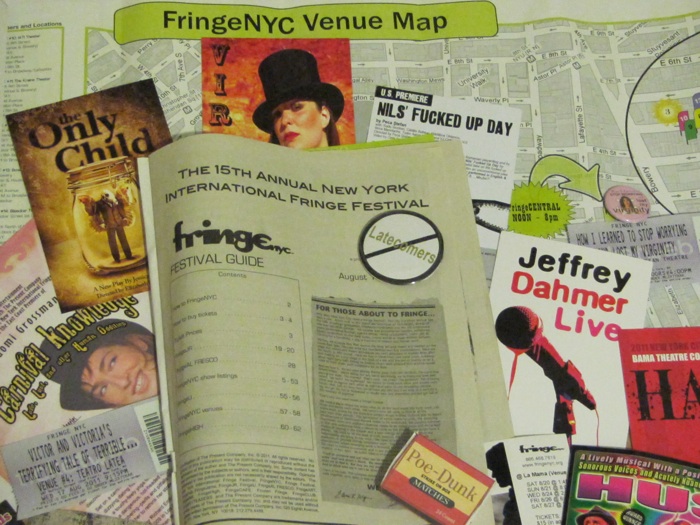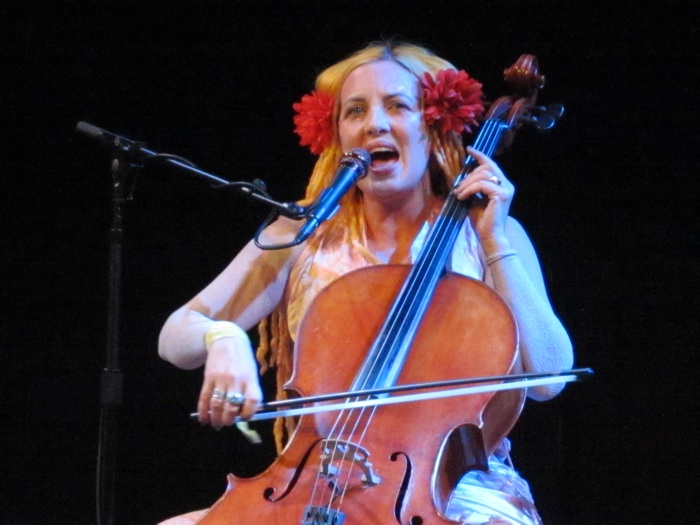Bullfighting Cali-style
If you want to go to a bullfight in California, you have to do a little preliminary sleuthing. Just why you would decide to go in the first place can’t be easily explained. But it helps to note that unlike more traditional forms of bullfighting, California bullfighting is billed as “bloodless.” That is to say, no bulls are killed in the ring.
It helps too that bullfighting in California is allowed only in conjunction with religious festivals, conducted primarily by and for a tightly-knit yet far-flung community of Portuguese-Americans who travel long distances to attend, and connect with family from all across California, even farther.
Your bullfight-savvy buddy sleuths away. One website in particular yields good information. The last bullfights of the season are scheduled during the “Festa de Nossa Senhora de Fatima” in Thornton, California. You make a plan.
It’s a hot day, but the seats of the Praça de São João are packed. Portuguese is the vernacular language of the day; all announcements and introductions will be conducted in it, as well as much of the multi-generational spectator chatter. Portuguese bullfighting differs from its Spanish counterpart in its proscribed cast of characters. The first to enter the ring is a cavaleiro on horseback, who performs in tandem with two bandarilheiros whose job it is to distract the bull with capes at crucial times during the fight.
The cavaleiro rides slowly around the arena and cautiously approaches the bull, allowing it to rush at him whereupon he aims a Velcro-covered staff at a Velcro pad positioned on the back of the bull, then repeats in a series of daring passes. Once the cavaleiro has reached his quota of strikes, it’s time for the forcados to perform.
What could possibly compel a team of grown men to approach an angry bull unarmed, wait for it to charge, and grab onto its face (the pega de cara) for a joyride is truly a mystery, but there they are, one man strutting in front of the bull in a green-and-red elf cap, the others hanging back behind him in a line, ready to rush the bull and rescue their buddy as soon as his feet leave the ground. One experimental maneuver has the line of backup forcados waiting in the stands rather than standing in the ring. The audience becomes concerned—this is not the norm.
“What the hell is this?” grumbles the vocal gentleman in the row behind you. The experiment does not go well, a dramatic trampling ensues, not once but twice. A collective sigh of relief rises from the stands as once more, all eight men stand together in the ring, ready to pounce. Once they have successfully completed their counter-intuitive task, the bull is led out of the ring by a docile herd of cows, and the fighting team makes a circuit of the ring to be showered with flowers from the women, hats from the men.
Lest Ernest Hemingway enthusiasts feel completely left out, Spanish matador Sánchez Vara also displays his gracefully balletic bullfighting skills: drawing the bull in close with a flutter of an iconic red cape, pretending to ignore it by turning his back to it, then paying homage to it on bended knee, the ultimate bravery. Outside the ring, the prayerful begin to gather for the outdoor mass and the candlelight procession to honor “our lady of Fatima”. You eat lukewarm linguiça and piping-hot tacos from stands lining the road and ride off into the sunset—not on horseback, nor even clinging to the face of a charging bull — but in that ubiquitous new-world contraption, the rental car. You still aren’t entirely sure how you feel about California-style bullfighting. But at least you can say you went.

